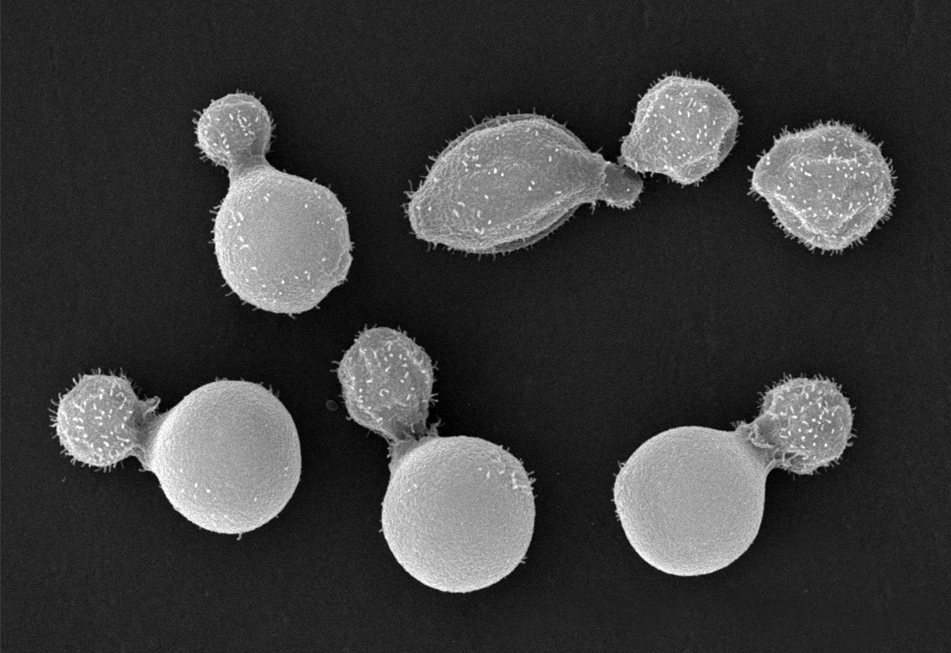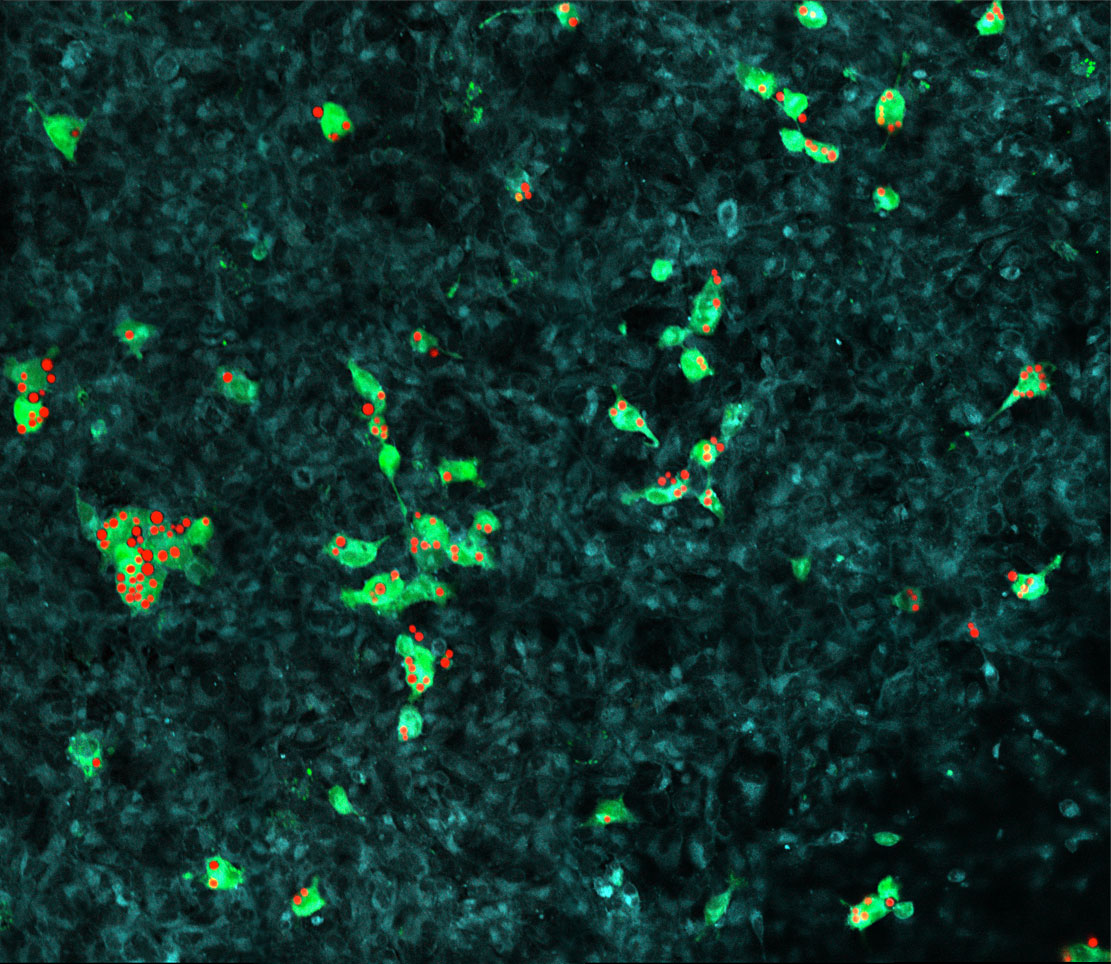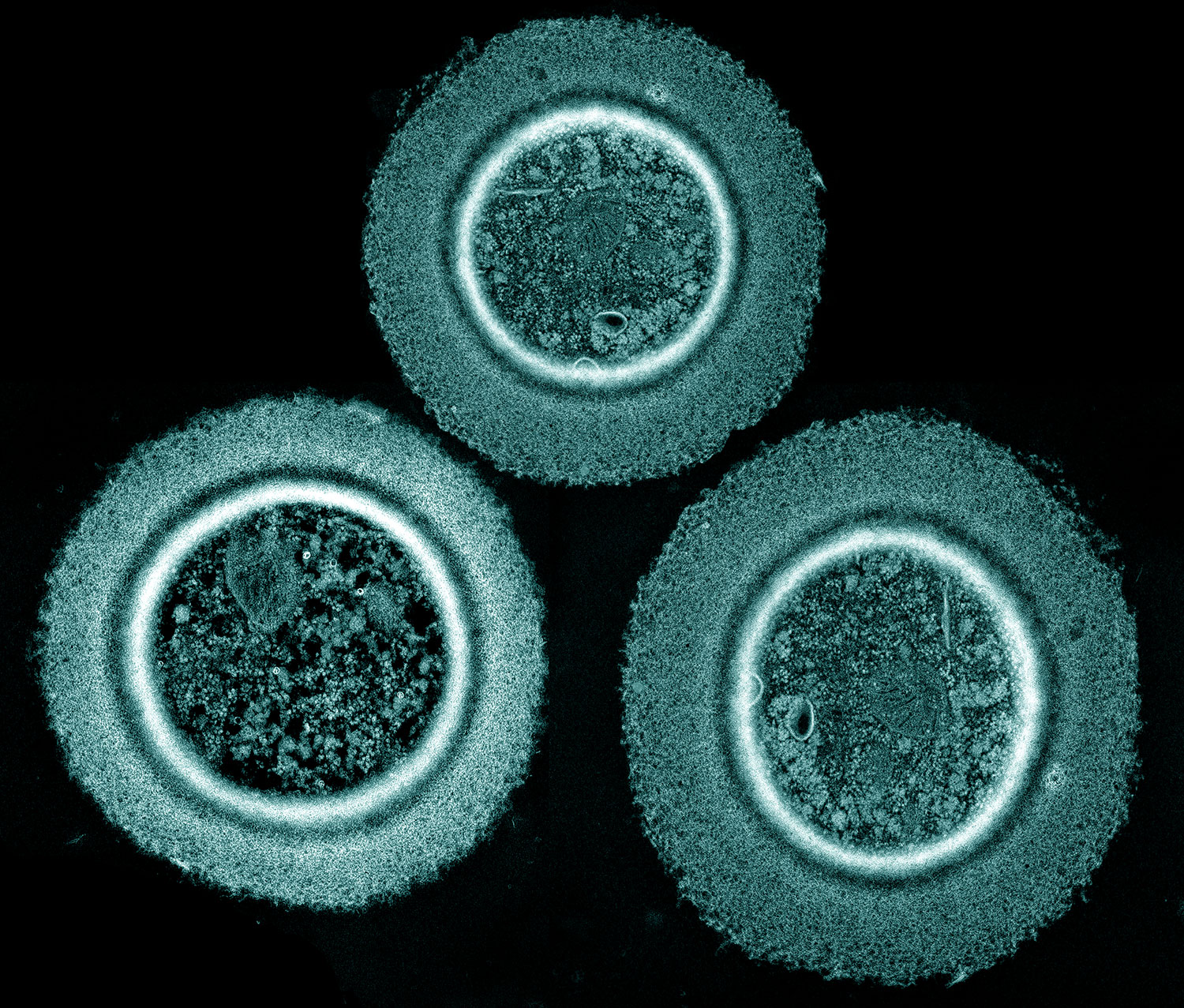We study the fundamental biology and host interactions of the pathogenic fungus Cryptococcus neoformans. This yeast causes serious infections in immunocompromised individuals worldwide and kills hundreds of thousands of people each year, mainly in developing countries. Our goal is to elucidate unique aspects of cryptococcal biology that are of biological interest and may laso suggest targets for badly needed antifungal chemotherapy.
The main cryptococcal virulence factor is its extensive polysaccharide capsule, a unique protective structure that is required for virulence and changes dramatically in response to environmental cues. We know the chemical structures of the huge polysaccharides that compose the capsule, but many questions remain about its synthesis, export, and display on the cell surface. These pathways of capsule biosynthesis, and how we might inhibit them, are a major interest of the lab. We are also investigating the synthesis of other cryptococcal glycoconjugates, which are central in fungal biology and virulence.
Cryptococcal cells thrive both inside and outside of host cells. We are interested in how this fungal pathogen interacts with host cells during infection, with the aim of defining and potentially influencing these key events. We have used automated image-based screening to explore this area, which has opened exciting directions for our research. This strategy has led us to studies in areas ranging from host kinases to the regulation of fungal mitochondria and lipid modification of proteins. We are also investigating the fascinating question of how this pathogen crosses the blood-brain barrier to cause lethal meningitis.
The cryptococcal capsule is extremely sensitive to environmental conditions, becoming particularly large during infection. With local collaborators, we are combining new technologies and approaches in computational biology with molecular experimentation to examine capsule regulation. Our initial studies have focused on the transcriptional regulatory network of capsule, defining how Cryptococcus coordinates gene expression to modulate this key structure in response to the environment. We are interested in defining how this pathogen senses it is in a host, how regulatory activities unfold over time, and which gene targets are critical for capsule growth. Another computational project focuses on genome analysis of clinical isolates.



